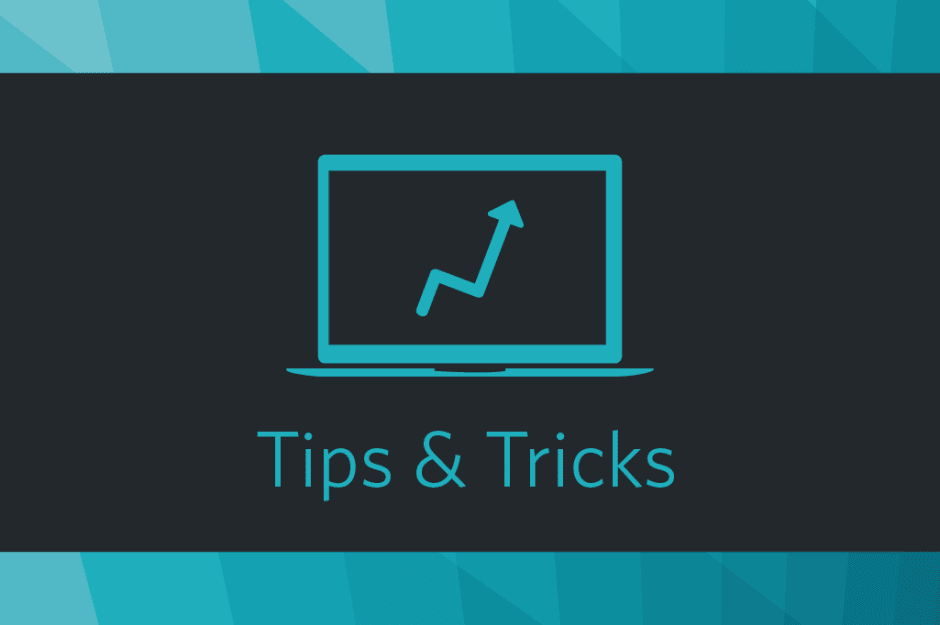This follows a ban 18 months ago which was implemented after the social network claimed that affiliate links were being abused by spammers, blighting the user experience with irrelevant pins and broken links.
In their announcement, Pinterest also acknowledges that businesses and bloggers need a sustainable way to make great content. So how can you optimise this additional revenue stream? Check out our best practise tips below.
The more attractive the pin, the better
Looks matter, especially on Pinterest. Users are looking to curate aesthetically pleasing pins to their board, so choose the images of the products you want to share carefully. It may be better to create nice surroundings to take your own photos of the products, rather than using the product images from a website.
Also, as over 80% of Pinterest’s daily traffic comes from mobile, ensure that your graphics are mobile optimised. For example, if you use images with writing, make sure the fonts are readable, even on a smaller screen. Check out this guide on how to create image styles that users love to share.
 (Image credit: Pinterest)
(Image credit: Pinterest)
Be authentic
As with all platforms where you use affiliate marketing, make sure to only link to products that you like yourself and would genuinely recommend. More than likely it will be obvious if you are sharing links to products that you’ve never tried or have no relevance to your business.
Provide useful information
Pinterest is mainly used to find inspiration, recipes and DIY tutorials which means users are looking for in-depth information to help them make purchasing decisions. So rather than simply including an affiliate link with your pin, try to write a description with relevant and useful information about your experience and/or opinion. Not only could it influence a purchase but it will also help your pins to be searched for more easily by users.
Test out Promoted Pins
As well as being able to use affiliate links on Pinterest again, you can also use them on promoted pins. Promoted pins are regular pins that you pay to increase their visibility to more people.
Similar to other social media advertising, the biggest benefit of paying for promoted pins is that you’re able to target users. Pinterest will then place the pins where your target audience are most likely to notice and interact with them. You can also choose whether you pay for engagements or visits to your site, and once the campaign has started running you can monitor and make changes if necessary. Check out Pinterest’s best practise guide for promoted pin campaigns.
Provide disclosure
Last week we discussed in detail why it’s important to provide disclosure to your audience to gain trust, comply with the law and for SEO purposes. The same applies for Pinterest – when using affiliate links in your pins, simply state that it is one next to it in parentheses ().
Bringing back affiliate links to Pinterest provides a great opportunity for marketers to generate income from their content. The better practise affiliate marketers can collectively conduct on Pinterest, the less likely it is that affiliate links will be banned again.
Check out the rest of our weekly tips here. Any topics you would like to see covered? Please email marketing@zanox.com
